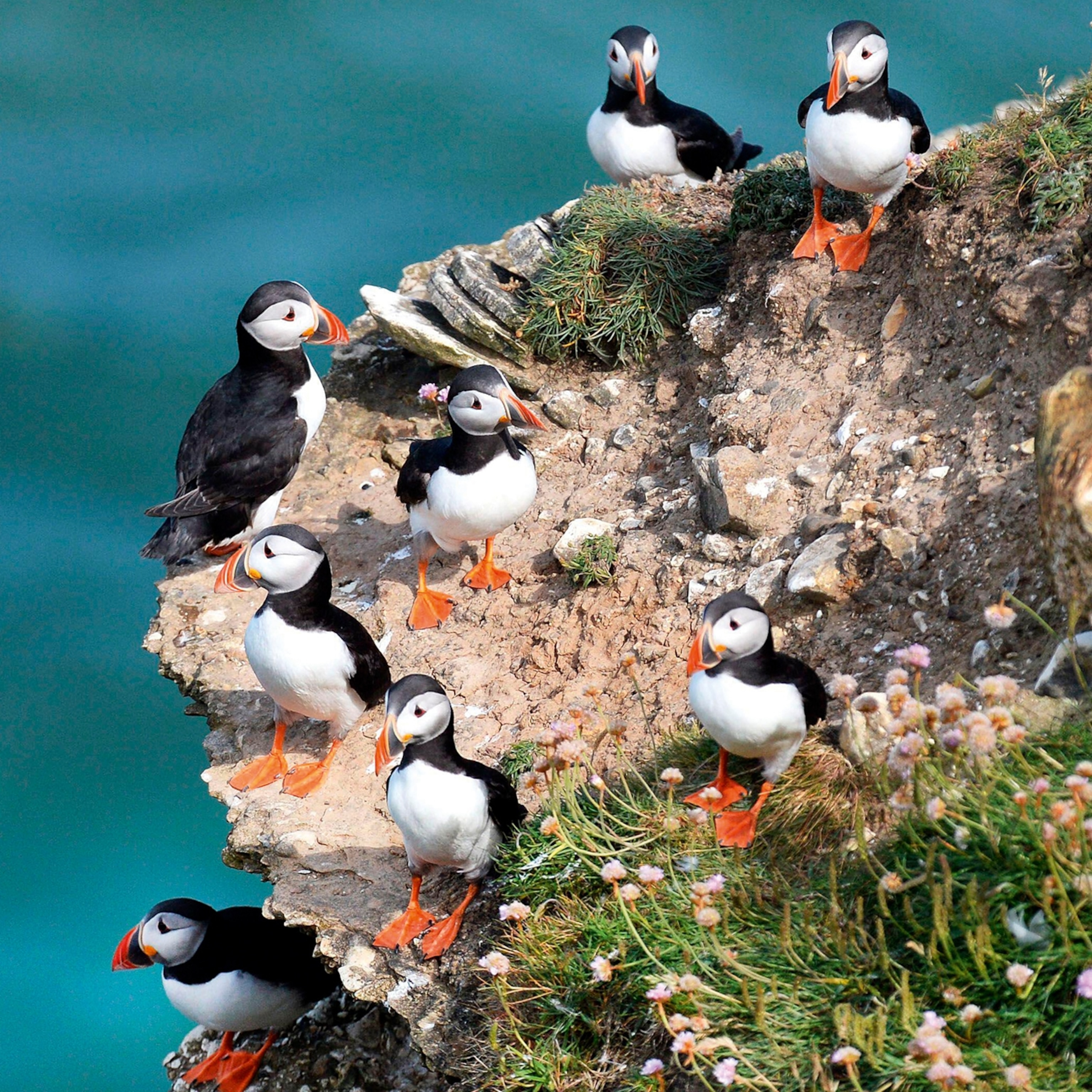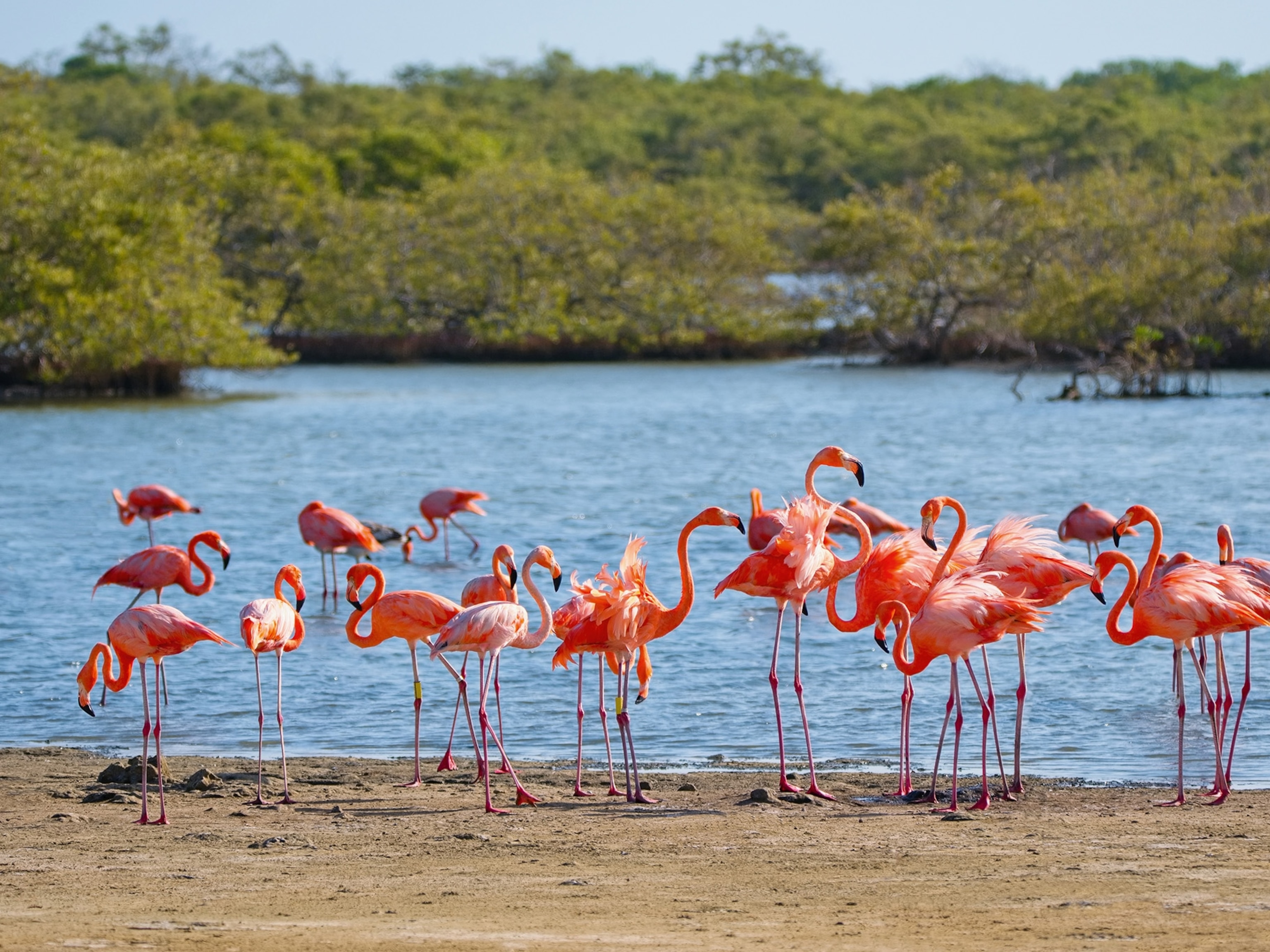New owl species found—and it has a haunting screech
Living only in the old-growth forests of Príncipe Island, the tiny bird is likely already critically endangered, experts say.
Just off Africa’s western coast, there’s a small island known as Príncipe where strange screeches haunt the night.
Not many people have heard the noises, which emanate from the old-growth forests on the southern, uninhabited part of the island. They start just after sunset and sometimes sound like the rasp of an insect, the mewling of a cat, or perhaps the call of a monkey. Locals first noted the squawks back in 1928, but without the means to easily see into the towering forest canopy at night, the sounds have become an enigma.
Today, the mysterious noisemaker has been identified once and for all as a new species of tiny yellow-eyed owl, according to a study published today in the journal ZooKeys.
Known officially as the Principe scops-owl, or Otus bikegila, the raptor is one of 59 species of scops-owl: small, brownish, perch-and-pounce predators found all over the world. So far, scientists know little about the nocturnal O. bikegila, such as what it eats, how it hunts, or the meanings of its unusual sounds.
“This is what we call an integrative study, because it’s kind of like a puzzle,” says study co-author Bárbara Freitas, an evolutionary biologist at the Spanish National Museum of Natural Sciences in Madrid.
“We have multiple pieces, like the owl’s vocalizations, its morphology, and its genetics, and then we can put together all the data and see if it was actually new,” says Freitas, who is also a National Geographic Explorer.
While there are thought to be between a thousand to 1,500 individuals of the newly described species, the scientists believe the owl’s entire range encompasses only about five square miles within Príncipe Obô Natural Park. Príncipe is one of the islands that make up the country of Sao Tome and Principe.
“We think that it is completely dependent on that native forest,” says Freitas. “It’s already a protected area, but it can be damaged so easily.” (Read about the world’s biggest owl, an endangered species.)
For instance, a small hydroelectric dam is currently scheduled to be built nearby that could lead to deforestation in the area, says Freitas.
For these reasons, in another newly published study in the journal Bird Conservation International, the scientists recommend that the owl be further protected with a critically endangered status by the International Union for Conservation of Nature.
Former parrot catcher on a mission
While the existence of the Principe scops-owl had been suspected for nearly a century, the species may have never been officially found and described if not for a local guide named Ceciliano do Bom Jesus, or as everyone there knows him, Bikegila.
Long before Príncipe Obô Natural Park was established in 2006, Bikegila—whose nickname has no particular origin—was one of many men who made a living climbing into the canopy to snatch African gray parrot chicks out of their nests and sell them into the pet trade.
After the area was protected and parrot harvesting was outlawed, Bikegila turned his expansive knowledge of the landscape toward another purpose—guiding. In fact, Bikegila was one of the first people to first spot the owl while searching for parrot chicks in the early 1990s.
For nearly a quarter century, he’s assisted scientists on every expedition undertaken to find the owl, including the trip that led to the first-ever photographic evidence of the species, in July 2016. Then, on May 29, 2017, Bikegila and another study co-author, Hugo Pereira, of Portugal's University of Porto, caught one of the animals for the first time.
(How Owls Twist Their Heads Almost 360 Degrees)
This was the individual that scientists would use to describe the species, while later specimens were sampled and then released, their DNA helping to prove that the Principe scops-owl was distinct from other scops-owl species.
To honor the work of local guides worldwide, Freitas and her colleagues named the new owl after Bikegila, who is also a co-author on the study on its conservation threats.
When asked what he’d like the world to know about his island home, Bikegila turned the question back around.
“Why can’t they come here? You should tell them to come,” Bikegila, who speaks Portuguese, told National Geographic via translation by study leader Martim Melo, a biologist at the University of Porto.
“They must see for themselves the landscape, the birds, the history, and then make their own judgment. It’s better this way.”
Listening for the next new species
Freitas and colleagues have also released a third study: A pre-print detailing their method for discovering the owl, called passive acoustic monitoring, which they think can be used to identify other new species in remote terrain.
To find the Principe owl in the dense forest, the team first deployed audio recorders to sample what animals were creating sounds in the darkness. They then analyzed this data for the owl’s signature call—a short, repeated “tuu”—often performed in a duet, which the scientists had recorded from the wild.
Then, Freitas designed a computer program to sift through countless hours of audio recordings to identify the Principe scops-owl amid the din of parrots, insects, and other nightlife. (Read about nature’s noisemakers.)
“It’s the sound equivalent of camera-trapping, which of course is also very good at finding things that humans in habitat will miss,” says Nigel Collar, an African scops-owl expert at the nonprofit BirdLife International who was not involved in the new research. Collar has used acoustic monitoring to survey owls, but not to zero in on one species in the way the new paper describes.
"It’s very good to see this owl finally being described," adds Collar. "They have clearly done a very professional job."
The best thing about passive acoustic monitoring, says Freitas, is that scientists can continue to analyze and reanalyze those recordings based on what animals or sounds are of interest. Which means the same data could potentially be used to identify still more new species hiding out in the night.
“It’s really going to boost the knowledge we have now,” she says.








